All images provided by Maison Ferrand
There are a lot of houses present in Cognac. I certainly have my favorites as I’m sure you do, too. But one that has really exploded over recent years is Maison Ferrand. When I started as a bartender about nine years ago, Pierre Ferrand 1840 and Ambré were on my back bar. I didn’t really know much about it, but people seemed to call it every now and then. When I started to become a little more advanced in cocktail history and development, that’s when I started taking note of the brand. Over the years, I’ve had more guests call for Ferrand than any other small producer. Yes, the Big 4 still dominate without question, but this house is coming in fast and hard. Luckily, I got the opportunity to chat with the Vice President of Americas, Guillaume Lamy. And what an extensive and educational conversation it was!
Guillaume has worked with Maison Ferrand for 21 years. After graduating, he wanted to find a way to get into the wine and spirits business. Luckily for him, he was hired on at Maison Ferrand working as their ambassador in the Boston, Massachusetts area. Over the years he was promoted to the entire state of Massachusetts, then New England, the Northeast, all the United States, and now his current role of Vice President of Americas. There probably isn’t anyone out there with more knowledge about the production process and company as a whole than Guillaume, besides of course the owner and Cellar Master Alexandre Gabriel, whom he has had a great working relationship with from the beginning. It was so wonderful to talk with him about this innovative Cognac house and how their unique approach to Cognac sets them apart from others. Our conversation can be read below.
• • • • •
Cognac Reverie: How did Maison Ferrand start as a Cognac house?
Guillaume Lamy: Well, the Ferrand name is very old in Cognac. There are actually three different branches in the family all with the same name of Ferrand. And they were all somehow involved in the business of Cognac production. The oldest branch is not Pierre Ferrand, but rather Elie Ferrand that started in the 1750’s. There were 10 generations of Elie’s in that family. And when Alexandre Gabriel was only 23 years old, he had wanted to revive the Ferrand name. At the time, Ferrand was not producing much Cognac, only about 4,000 bottles a year. So, Alexandre started working with them to restore that historic name because he knew that back in the 19th century Ferrand was a very well known house in Cognac. We’ve found a lot of documentation over the past 30 years that show how great the Ferrand name was. We have diplomas from the end of the 19th century showing that Elie Ferrand the 8th won the best Cognac in an exhibition in Paris and a picture with him sitting at a table with a group of other well-respected producers. And in the back, you see a little guy who’s trying to get in the picture. It was James Hennessy. Obviously, that was a different time. Before the phylloxera virus, Ferrand was very active. Unfortunately, they really stopped most of their production in the 1920-30’s. And that’s where we have stepped in today to restore their beautiful name to the world.
CR: Maison Ferrand is definitely a brand that is well-known today within the bartending community, specifically the Pierre Ferrand 1840 label, and it’s gaining consumer awareness, too. Was there a turning point in the company when they really started to see their efforts pay off in terms of becoming more of a call brand?
GL: The beginning was hard, to tell you the truth. Alexandre Gabriel was trying to do new things that just weren’t working because of various reasons. It came to the point where he ended up buying out the company and keeping the Maison Ferrand name. He wasn’t going to give up. The 1840 label was an answer to many, many nights of sharing great conversations about our past with our bartender friends that seemed to know much more about our plans then we did! David Wondrich is a cocktail historian that knew so much about the past of Cognac. When I started 21 years ago, the old timers in Cognac were telling me you don’t put ice in Cognac, you don’t mix with Cognac. And then I spent a lot of time with Wondrich and Rocky Yeh [former Gardien des Chais for Maison Ferrand 2017-19] and they were telling me how a Sazerac was made, how a Brandy Crusta was made. So, Alexandre did more research and found an ad from the beginning of the 20th century that was promoting the “long drink” with seltzer water. And that really was the inspiration of 1840. What if we bring back the type of Cognac that bartenders like Jerry Thomas were using in these classic cocktails before phylloxera hit? Alexandre developed the 1840 expression and that’s when we really started gaining attention in the bar community.

CR: How would you describe the house style of Maison Ferrand? What sets it apart from other Cognac houses?
GL: Our style is to give as much respect and identity to the grape. We want to explore the fruit more than anything else. I could tell you that we love wood notes, that we love those French oak tannins, but for us if it’s too woody then we overpower the fruit. We believe that a great Cognac, even more a Grande Champagne Cognac, should always be the expression of the fruit. That’s why the Ambré has so much of that fresh grape, apple, and vine flower flavor. We like that very much. And at the same time, we also like intensity of rancio into the fresh fruit which is why we sometimes use wine casks like Banyuls or Sauternes because for Ferrand it’s key to have different layers around that grape and always focus on anything related to the vine. It’s so important. If it doesn’t do that, then to us it’s not a true Grande Champagne Cognac.
CR: Since you just touched on it briefly, I’d like to jump into barrels for a moment. Some houses use exclusively one type of barrel to age their eau-de-vie, but Maison Ferrand seems to use all kinds of different barrels. Can you talk a bit about your unique aging process?
GL: Yes, of course. Limousin and Tronçais are very interesting because it’s different grains that you can play with in different environments. They also have different tannin structures that can be played with depending on the different years. Every year produces a different harvest that will give a different wine. You never really distill from the exact same composition, the same stock. So, once you have your distillation done, you can play with these different woods and humid or dry cellars. But the heritage of Cognac is not only since 1936 when these rules were put into place. Using only oak is a very 20th century thing to do. Cognac has been made since the mid-18th century. And before that there were a lot of different woods used for barrels. Not just oak, but woods like chestnut. We have proof in documents from Elie Ferrand in the 1880’s that he was using chestnut and walnut to age his eau-de-vie. Now, they weren’t aging them for 20 years in those barrels. Those woods are way too dense, too strong, and they would overpower the Cognac. But it was about using those casks as a blending element to create another layer, another expression. So, we use these different woods as a way to bring in another tasting element to a blend that will create complexity and enhance the fruit.
CR: So, I’m guessing that’s where the idea came from to do the Renegade Barrel series. All of these pre 1936 methods of making Cognac.
GL: Exactly. We’re really lucky to have Alexandre, who’s such an excellent researcher. He has his nose in a glass and a book at the same time. That’s the beauty of having a guy like this making our products. He discovered about three or four years ago, that there was an old edict from 1923 that allowed Cognac producers to use oak casks that previously held any wine product. So, all of a sudden, that opens doors to port, sherry, Sauternes, any kind of wine. He inquired about it because he’s a part of the BNIC, and asked if it was okay to do that. They said it was legal, but they didn’t want anyone talking about it, like it was a secret. And he said that if it was legal, then not only is he going to do it, but he’s going to talk about it because it’s something really cool. Since this was something very uncommon and not talked about, also like heresy, someone in the room during this meeting said he was a renegade for doing this. And that’s why we called it the Renegade Barrel series. The Renegade Barrel No. 1 was in Sauternes wine casks and No. 2 was chestnut. And you know what? Now Courvoisier is doing a sherry cask finish and that’s great! That’s exactly what you want, to taste different expressions that are wonderful.

CR: What are some of the different barrels used in the core range for Maison Ferrand?
GL: Well, the one I have in my glass right now is my favorite, the Réserve Double Cask. We use Banyuls wine casks for one year of secondary aging before it’s complete. It brings some nice chocolate, dried raisins, and pastry notes that are just incredible. The 10 Générations has a secondary maturation in Sauternes casks. It’s basically a permanent expression of our first Renegade Barrel. And, of course, we’re working on some other things. We like to research and have good intentions, but we’ll never be put in a box.
CR: Is Alexandre one of the main players that has been pushing these alternative aging practices with the BNIC?
GL: Yes, absolutely. But he does it very respectfully. At the end of the day, Cognac is 25,000 people. These guys see each other at the restaurant, the café every day. So, it’s people who respect each other and that’s the beauty of an AOC that’s constantly evolving with discussions like this. You’ll always have people that are pushing the boundaries and he’s got some others doing this with him. We were one of the first ones to age in American oak, even though it’s technically not allowed. Usually, it’s the small guys willing to do this, but you even have houses like Courvoisier willing to do some of this stuff and even Martell. So, yes, it’s probably true that he’s the one that when he stands up in these meetings a few people are thinking, “Oh no, Gabriel has something to say again!” But it’s all out of respect for the industry. And everything is done out of respect for the law and everything must be voted on. There’s never one voice making changes.
CR: So, with all these different barrels I’m guessing there are other innovations or special releases that will be coming out in the future. Maybe more Renegade Barrels?
GL: If you were to walk into our cellars, you would see all kinds of different casks. We have chestnut, acacia, cherry wood, mulberry, many different ones. Acacia is a really interesting experiment. It’s not always easy because acacia does well with tropical fruit notes when aging something like whiskey, but with an acidic wine distillation, it’s a bit flatter. But for us it’s all on the experimentation level where we just like to see what it does. We definitely have a lot of things that will be a part of new releases in a year or two. We have a lot of things cooking. The next Renegade Barrel is going to be absolutely stunning. I’ve tasted it already. The only thing I can tell you right now is that we won’t be able to call it Cognac! But it will be really cool.
CR: Do you find it difficult at all, on a consumer level, to have to say, “Hey, we can’t legally call this Cognac, but it is Cognac?” That must be confusing for some people.
GL: To tell you the truth, it’s a tough one. It’s a tough marketing decision, but we don’t care. We’re only making about 2,000 bottles of the Renegade releases, so really, we’re making it just for our friends and people who want to taste something that’s out of the ordinary or who just want to have a good time and not get caught up with a label. It’s like a conversation piece if you’ve got a couple of friends at home and a bottle of Renegade No. 2 and they like Cognac, well then, you’ve got something unique and different for them to try. It’s now an exciting night and you’ve got something interesting to talk about.
CR: I’ve heard about something called a zebra cask. Can you explain what that is and how Maison Ferrand uses them?
GL: A zebra cask is basically a blend of young staves and very old staves. It’s interesting because when you do this, you have extraction of young tannins like lignin and vanillin, but in limited quantities because it’s not a lot of staves like this. There’s maybe two or three in the barrel, but it brings an incredible freshness to very old Cognac’s. This is another really old technique that people really aren’t using anymore. It’s a lot of work to do, to get the staves right to give the exact flavors you’re looking for. We officially just got word that we’ll be launching a new product called Légendaire, which is a very old blend that spends a year in these zebra casks before it’s ready to be bottled. It’s not all about just blending really old eau-de-vie together, but letting it all finish in these zebra casks to add even more complexity.
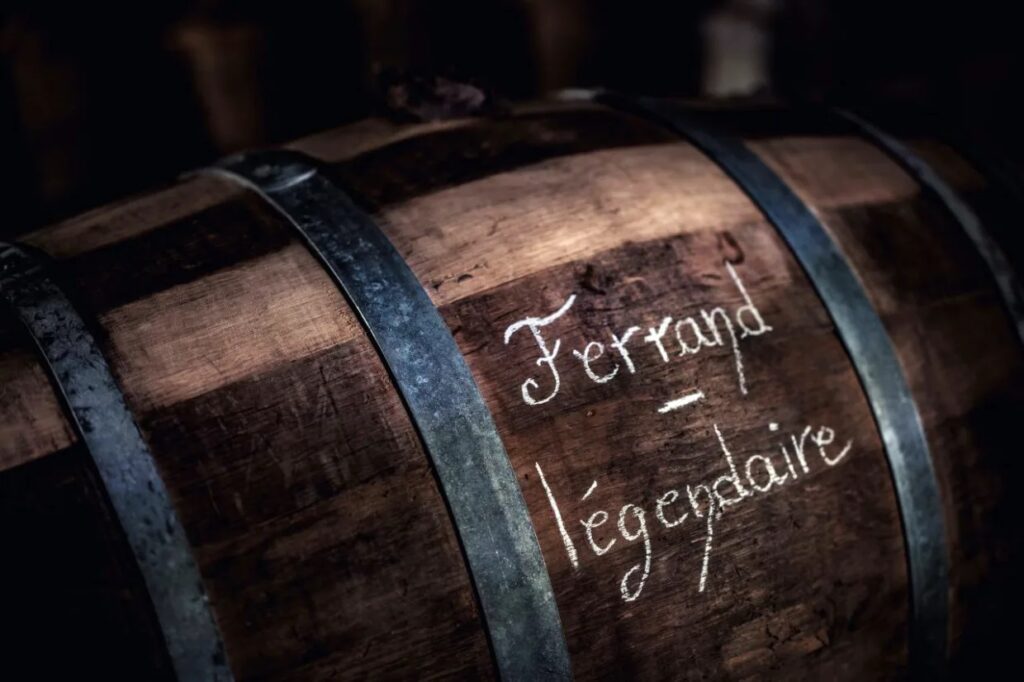
CR: Maison Ferrand also uses a combination of humid and dry cellars. Can you explain the difference between the final product of an eau-de-vie coming from a humid vs. a dry cellar?
GL: Well, there’s a big difference between a dry and humid cellar. We have two humid and five dry cellars. In the dry cellar what you have is more water evaporation from the cask. Therefore, the Cognac’s that will be aging in that cellar will age faster, but also retain more alcohol than water. They will basically have a more, I like to say, lively, vivacious, spicy tone to them. They will be great elements to revive some older eau-de-vie in blends. A great example is the 1840. It has a base of dry cellar eau-de-vie that gives you a lot of spice, but it’s also only three or four years old. We blend it with older 15, 18-year-old eau-de-vie. So, young dry cellar mixed with older humid cellar Cognac’s. In the humid cellars you have a low water evaporation process and a huge water retention that will round the palate of the Cognac. It creates a lot of creaminess and texture. If you want to think about the two, when you’re cooking you can sear your ingredients or simmer a stew. You have different ways to cook that end in different flavors.
CR: I’ve noticed that Maison Ferrand strays from the normal 40% ABV with a lot of their expressions. You’re kind of all over the place. What’s the reasoning behind that?
GL: Well, because as you know we don’t like to be in a box! So, 40% ABV is the minimum required by the Cognac AOC. But you can have different blends with different aromatics that will shine at a different proof. It’s really the choice of the Master Blender. That’s why we have 1840 at 45%, 10 Generations at 46%, the SDA (Sélection des Anges) at 41.8%, and 42.8% for the Double Cask. We do it because it’s just the best at those proofs. It was better than being at 40%. And trust me, I’ve asked this same exact question. I even went a little bit further with Alexandre and asked him how he and the guys working in the cellar decided on these proofs. I asked why 41.8%? Why not 42%? And he said, “because we tried 41.7%, 41.9% and 42% and none of them were better than 41.8%.” They all taste multiple samples of the blend they are trying to make at different ABV’s. In the end, they choose the one that will give the best expression of what they’re trying to create. ABV is like a magnifier on flavor. The higher the alcohol, the less there is to hide behind because it will amplify any possible defects, too. If you have something that’s really not complex or great and you don’t really want to show it, then you dilute. But then, if you have something that’s incredible that you feel could be really enhanced, you give it a little kick.
CR: I’ve actually been curious as to why we don’t see more Cognac houses with a little more variety on their ABV’s between expressions. Why not raise it if it could potentially give a more aromatic taste?
GL: You know, we love 40% alcohol. There are so many great products out there at 40% including some in our portfolio, Cognac or not. But yes, you could think why do you want to stick yourself to one ABV when you could have it taste better with an extra 2%? Then why not? Who cares? I agree with you. But, it’s also about the consumers. You have consumers that maybe are not ready to taste their favorite brand at 42% when they’re so used to a 40% alcohol. Sometimes people will taste a 42% and think it’s too harsh because they only drink 40%. I think it tastes different and has a lot more character at a higher proof, but we don’t make a ton of Ferrand Cognac and have the luxury to sell to people who understand why we do this.
CR: You’ve been with the company for a long time, 21 years total. Where do you see Maison Ferrand going and what are you most looking forward to?
GL: You know, I think the way that we’re going right now, the next 21 years are going to be just as exciting as the past 21 years. Because when I started 21 years ago in Boston and talking about Grande Champagne, over flame distillation, on the lees, congeners, and zebra casks, and all that stuff, nobody cared. And today people are interested. There is definitely a much bigger interest in fine spirits that people finally realized that making spirits is really complicated. It requires a lot of skills and a lot of different components to make that bottle of Cognac. Back then I was telling people to make a bottle of Reserve we needed 25 liters of wine due to distillation and aging evaporation. And now people really want to know what that number is all about. Now I get to talk about humid and dry cellars with you and that’s great. That means that there’s a bright future for what we’re about to do with all these Renegade barrels and I love to see that people are interested. I see a very good future.
CR: This has been such a great conversation with you and I really hope we have more. Do you have any final thoughts?
GL: I will say that I think you have a very important mission. We have the same mission, actually. It’s to convince people that Cognac is not a dusty spirit for old fashioned people. Cognac is cool as hell. It doesn’t have to be enjoyed after dinner by the fireplace while discussing politics. It could be after a bad day at work, as an apéritif, or with close friends just like you would with Scotch or a good rum. Cognac has so much to offer. There’s over 300 years of heritage and craft. It doesn’t fit in 23 pages of regulations. There is way more to it than those regulations and I’m glad that people are listening to us now and there are a lot of producers that are doing really cool stuff. I think that the devotion to the category as a whole will be beneficial to all the houses. It’s an effort from the sales people that have been doing this forever, the bartenders that talk to consumers, the people that write about it from their personal love for Cognac and from bar experience, all of it is important. It’s an important mission to spread this knowledge.

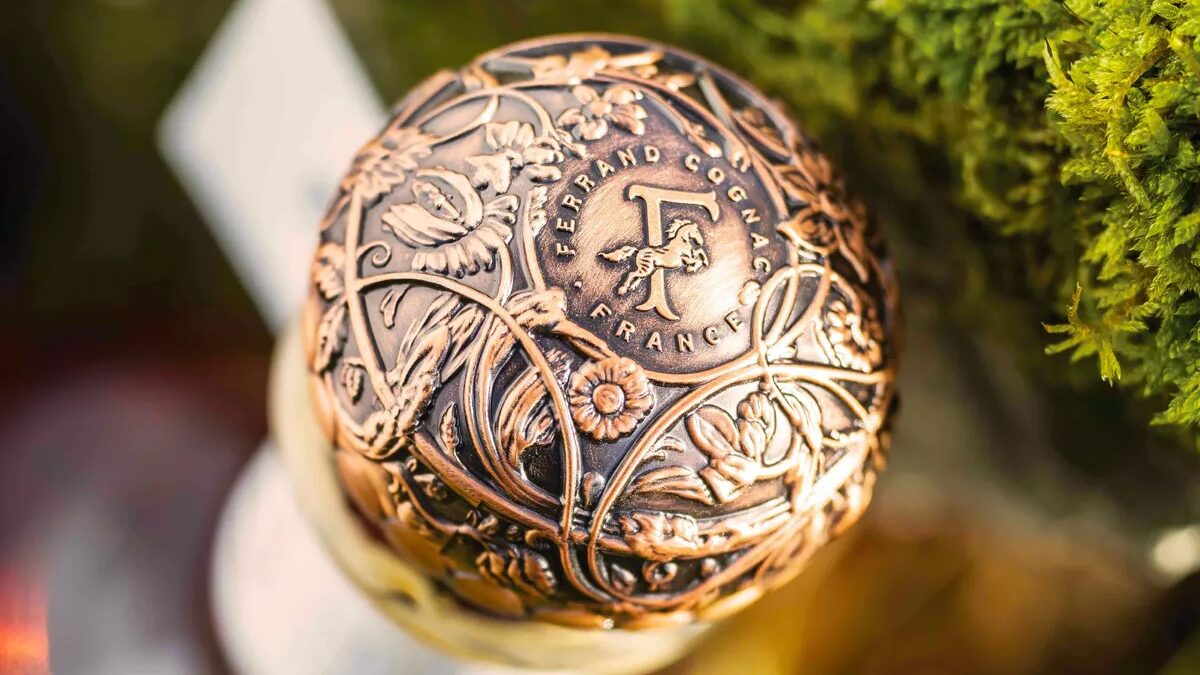

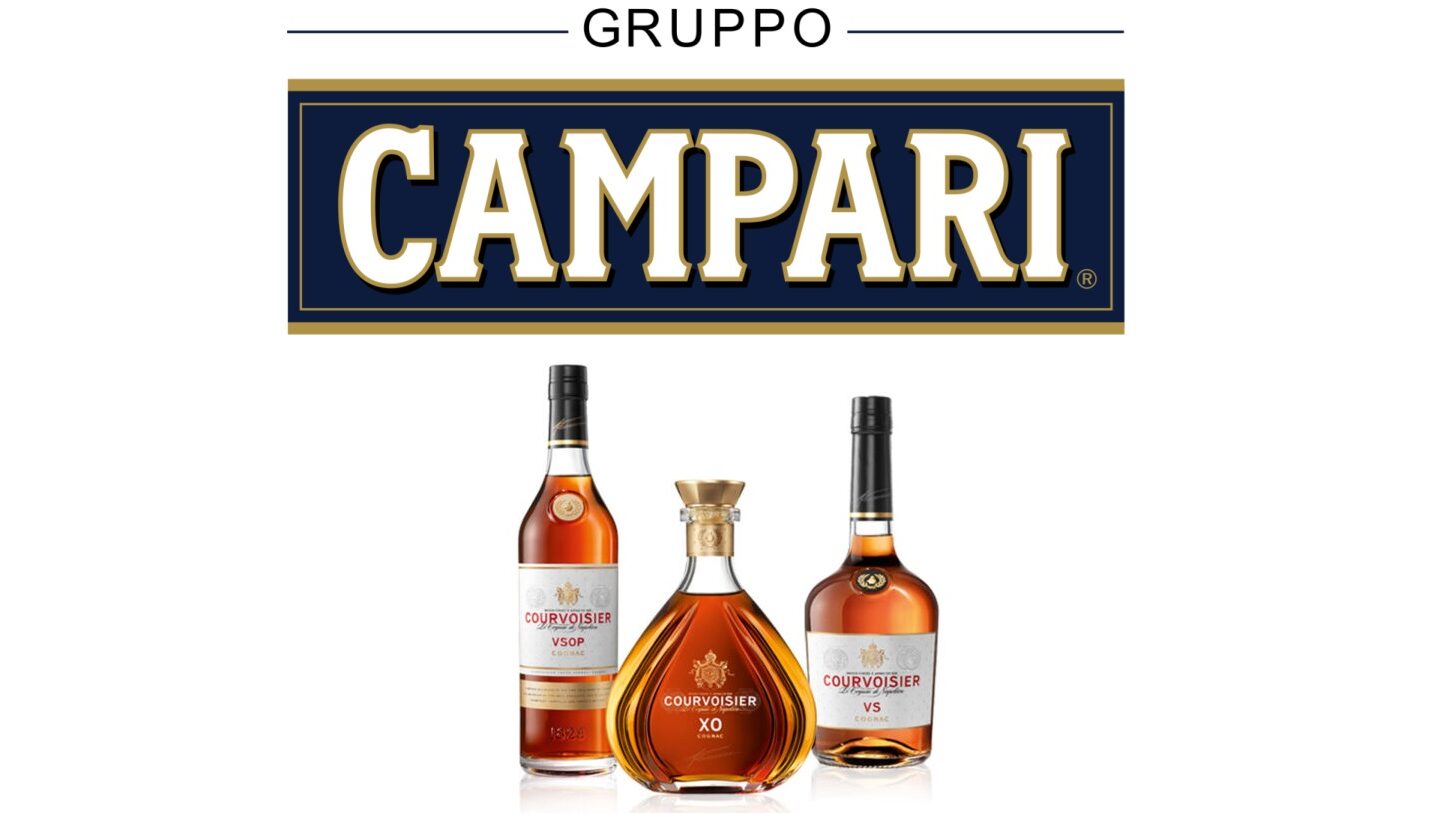
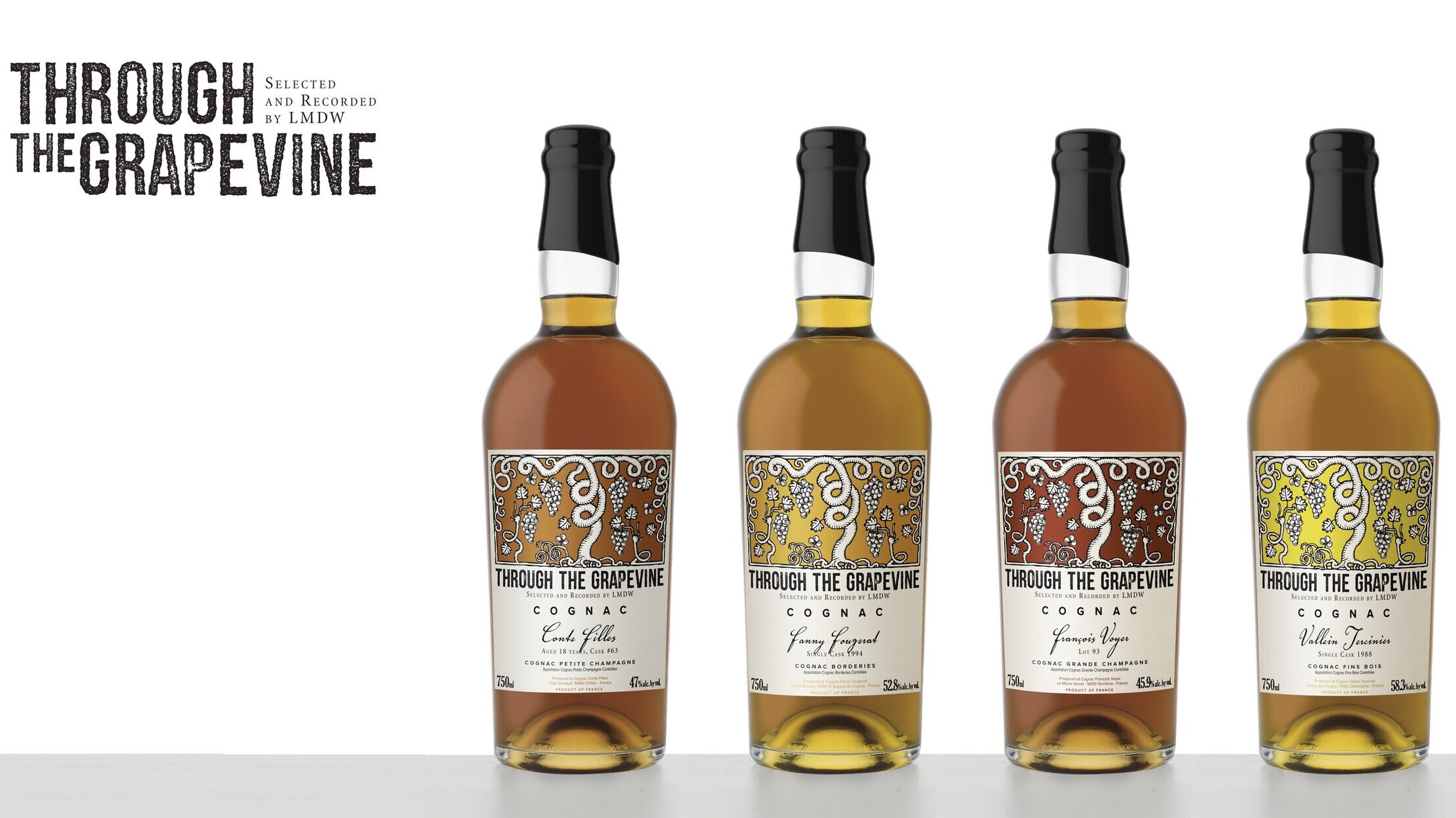
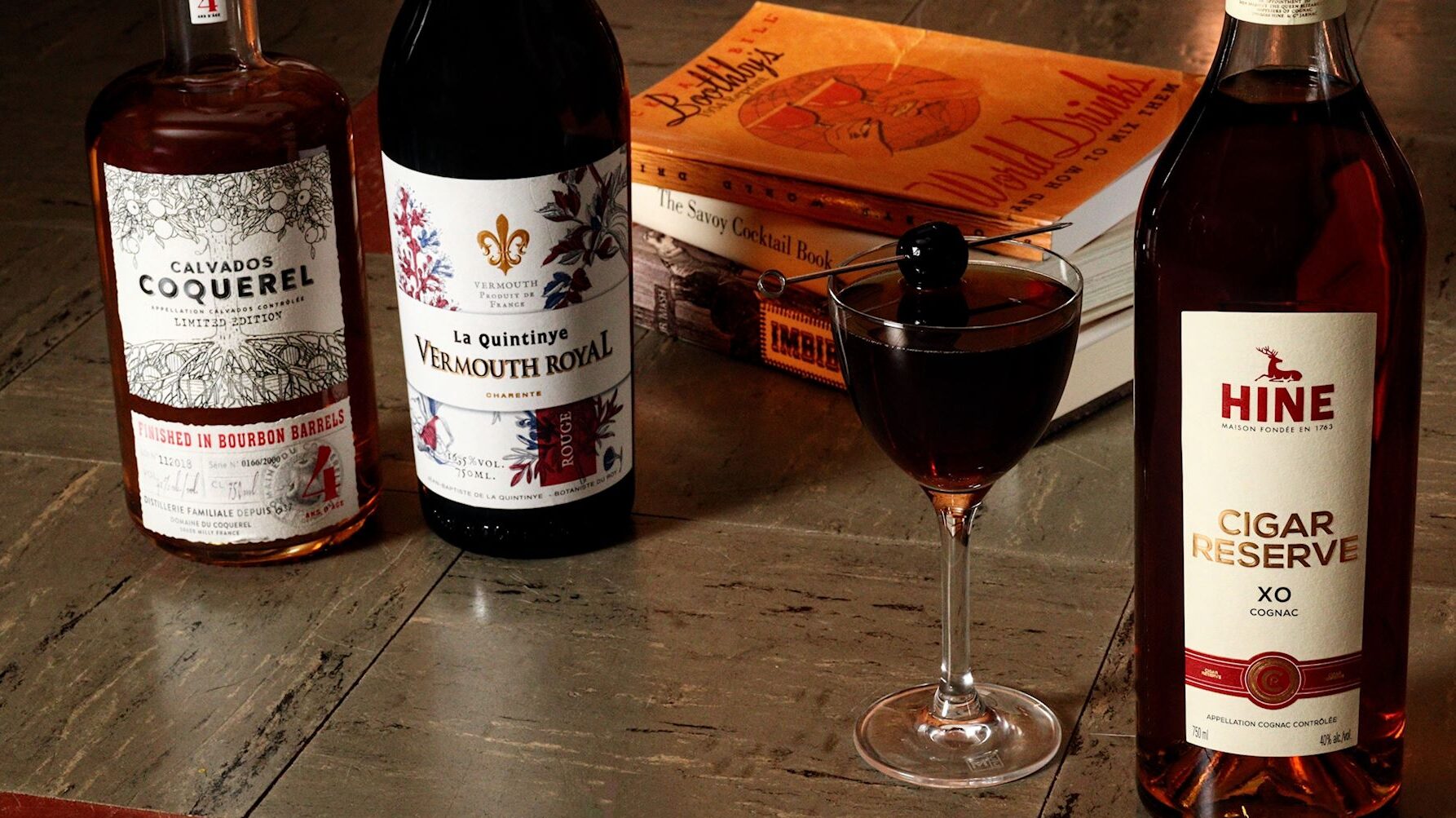
Very interesting insights, it is by the way the same with whisky, when you buy cast strength.
Thanks for reading, Pit! It’s interesting to see how there are many similarities between other spirits like whiskey, rum, and Cognac, and yet they can be so vastly different at the same time.